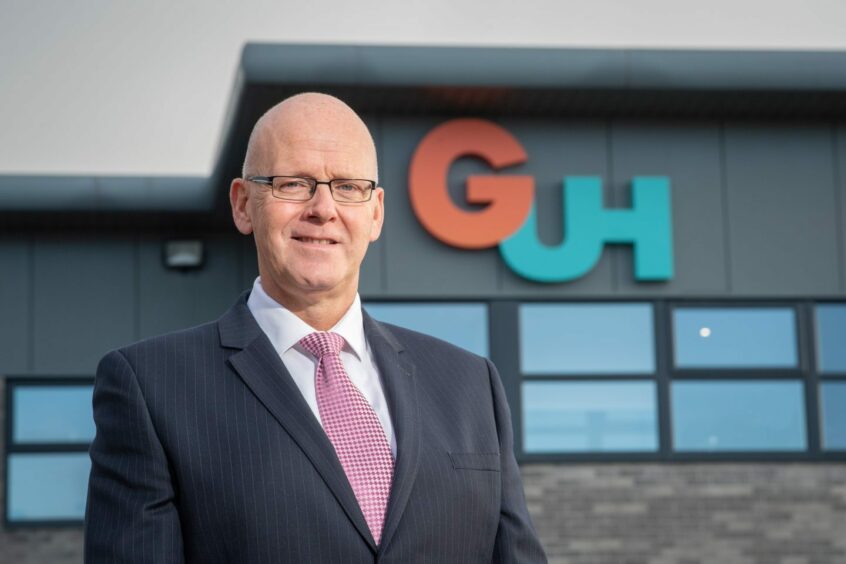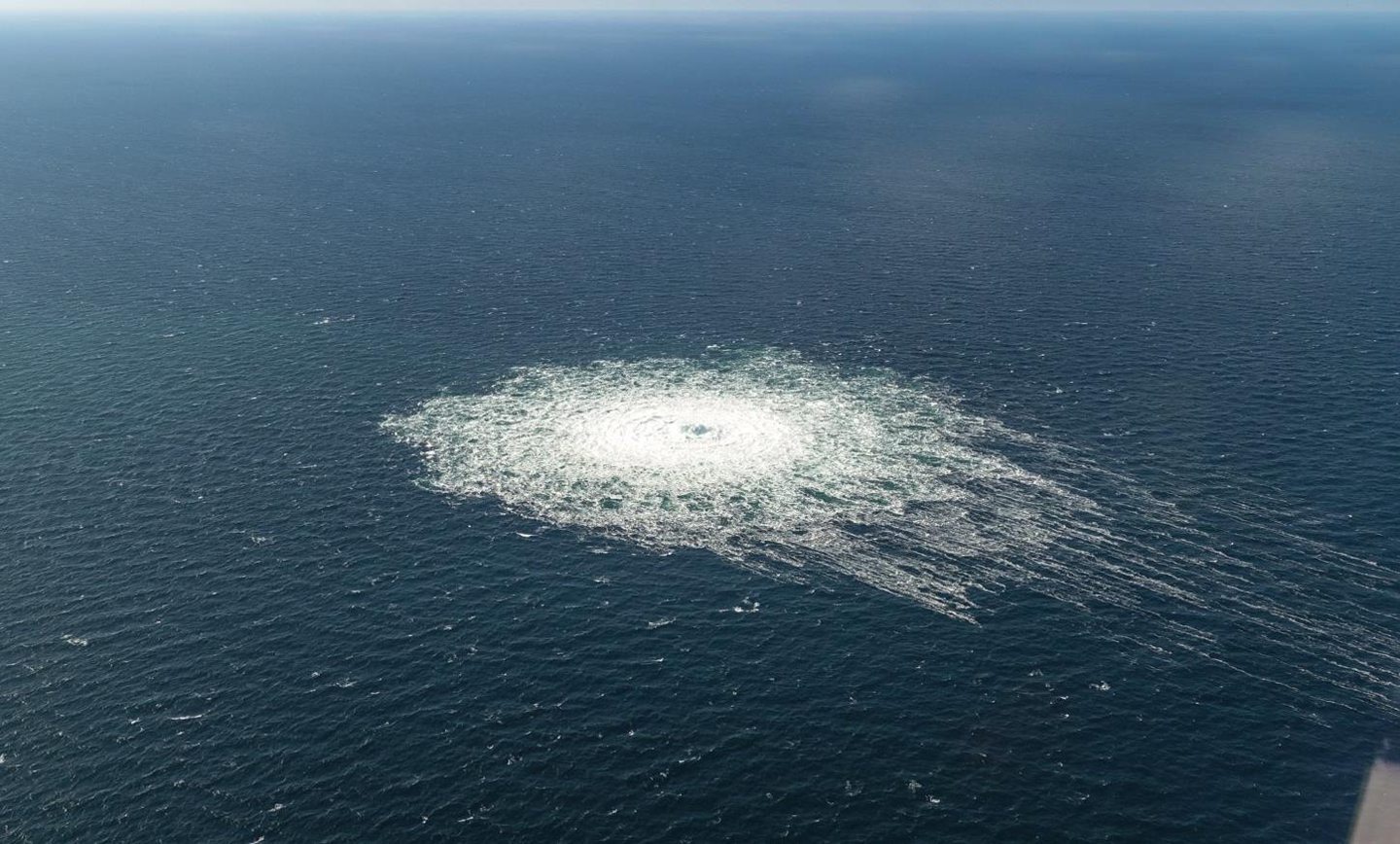
Just as the world re-emerged from two years of a global pandemic, we were hit by the tragic human and economic consequences of the war in Ukraine.
Volatility in the markets, the spiralling cost of living, fiscal and political turmoil have all combined to make 2022 a year most will not wish repeated.
Yet despite all this pain, change and chaos, the last 12 months have been characterised by undeniable optimism in the energy sector.
There is much to be welcomed. The renewed focus on energy security has led to a softening of both the political and public rhetoric around oil and gas. This improved sentiment and realisation that domestic hydrocarbon production is essential to security of supply that keeps the lights on has, in turn, manifested in the award of new oil and gas licences and sanctioning of new projects.
The successful bidders in the ScotWind process were announced to much understandable fanfare given the significance to the economy and our energy transition.
Oil, wind, defence
Most recently, a raft of bidders represented by consortia, traditional energy players and newcomers have submitted their applications to the INTOG process, signalling further and more near-term opportunities for innovative solutions to decarbonising the North Sea in line with North Sea Transition Deal targets.
In the defence sector, a major market for the underwater industry, the sabotage of the Nordstream pipeline earlier this year has led to a pressing need for additional security to protect the vast array of critical subsea infrastructure in our waters.
Other areas of the blue economy have also seen a rise in the volume of opportunities for those operating in the underwater space.
It could be argued that we’ve never had it so good! Indeed, there’s so much coming towards us at once that it’s become daunting for the supply chain to work out which opportunity to get after and when. The landscape is filled with potential, but it has become somewhat cluttered and confusing.
There’s still not enough visibility or clarity around so many of these massive projects. Yet, both industry and government know we have to get our heads around how we will scale-up or we’ll miss the economic benefit in the current window of opportunity.
We must make sure we fully understand what is required from the supply chain to bring these projects forward and what we are realistically capable of delivering in the UK. Only then will government and business know where to invest to get the best return for UK plc.
Creating and safe-guarding British jobs and firms will be paramount in these investment decisions, particularly those made by the government but equally, we must be realistic about accepting overseas supply where we would not be competitive and focus on aspects of high value and existing expertise where we know we can compete and which present export potential.
Joined-up strategy
It’s more imperative than ever that we have a joined-up supply chain development strategy – something we’ve been advocating for several years. This must involve all stakeholders and take account of all the opportunities on the horizon.
Offshore energy operators and developers must have confidence in the fiscal and regulatory environment in order to invest. This leads to visibility and, more importantly, “surety” of the project pipeline, allowing large enterprise level companies to make investments in capability and capacity, particularly in areas such as vessels, factories, and project management expertise.
These investments can take years to put in place and the uncertainty over when projects will materialise makes the window of opportunity a very risky one for ROI (Return on Investment). This industry wide challenge needs addressing now, if we are to capitalise on the opportunity with the correct supply chain strategy.
And we can’t underestimate the competition for investment. Projects will have to compete internally for investment as well as externally with other sectors.
With an already constrained labour market, the competition for skills is only going to intensify which means that we, as an industry, must up our game in promoting the underwater industry sectors as an exciting place to work.
The Global Underwater Hub (GUH) has been established to transform the underwater industry in the UK by helping to ensure that it has the necessary market intelligence, skills, capabilities and capacity to capitalise on the global growth in the blue economy.
The blue economy, of course, encompasses more than offshore energy, but it’s worth noting that almost half of the floating offshore wind opportunity in both Scotwind and INTOG will be subsea-related. This underlines the strategic importance of the subsea industry in the delivery of these projects and highlights the scale of what will be required in ramping-up the supply chain.
GUH aims to cut through all the noise and provide clear, concise market intelligence to the underwater industry based on deep insight and analysis of the opportunities.
Officially launched last year, GUH has been steadily gearing up to not only provide this valuable market data and research, but also the leadership, support and co-ordination required to steer the industry through the current landscape.
Our concerted efforts around global market data-sharing and partnership working, with a dedicated team of experts, analysts and researchers will ensure companies are better informed and connected to the specific growth opportunities which are right for them.
Commercially-driven market intelligence will give firms the visibility to assess and prioritise the opportunities and make informed decisions about where and when to scale-up.
Arming our underwater industry in this way will ensure we can go into battle and win the opportunities which will continue to advance towards us at pace next year and beyond.
Recommended for you

 © Supplied by Denmark's Forsvaret
© Supplied by Denmark's Forsvaret © Supplied by DCT Media
© Supplied by DCT Media